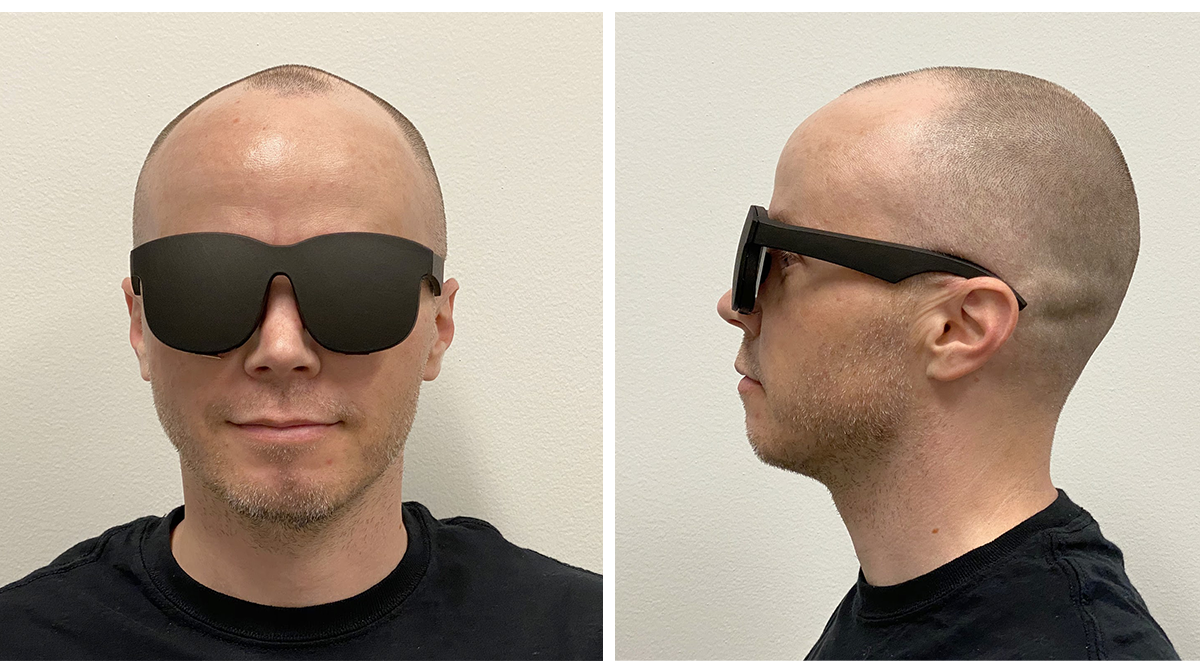I think Meta are about to run into a wall, wherein people with the Quest 2 won't be upgrading to the Quest 3 this early. It's too expensive. I know I certainly won't be. That's part of the problem with the early tech cycle - it advances so quickly that people get left behind after their buy in. Consoles space themselves out roughly 6-8 years, which is plenty of time to get your money's worth, and for developers to settle in. Quest 2 won't be three years old when the Quest 3 launches. At these prices, releasing this year, I suspect Quest 3 will be a sales disappointment.









